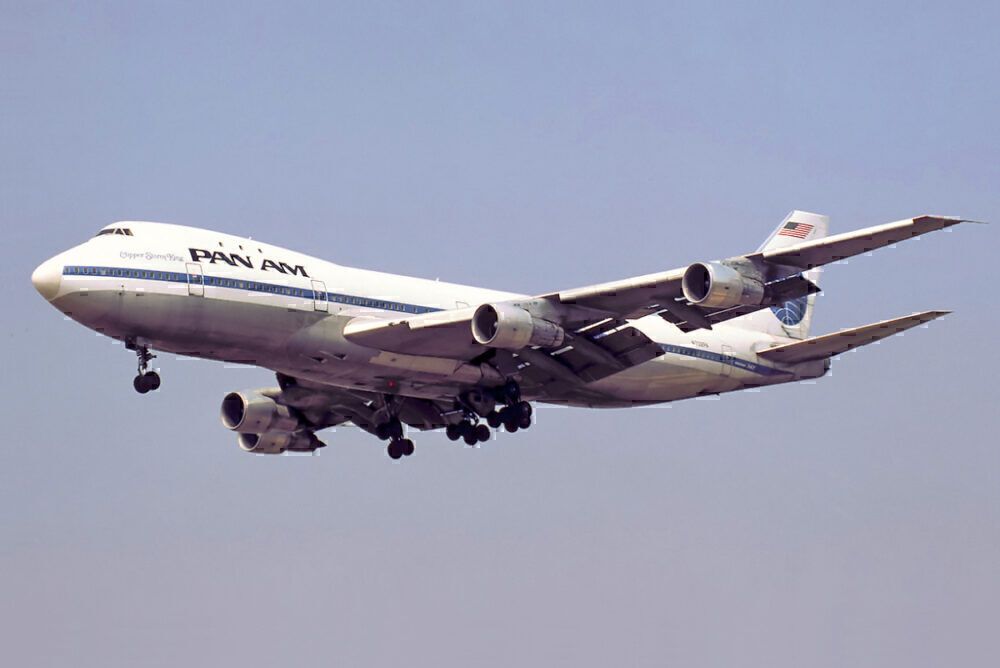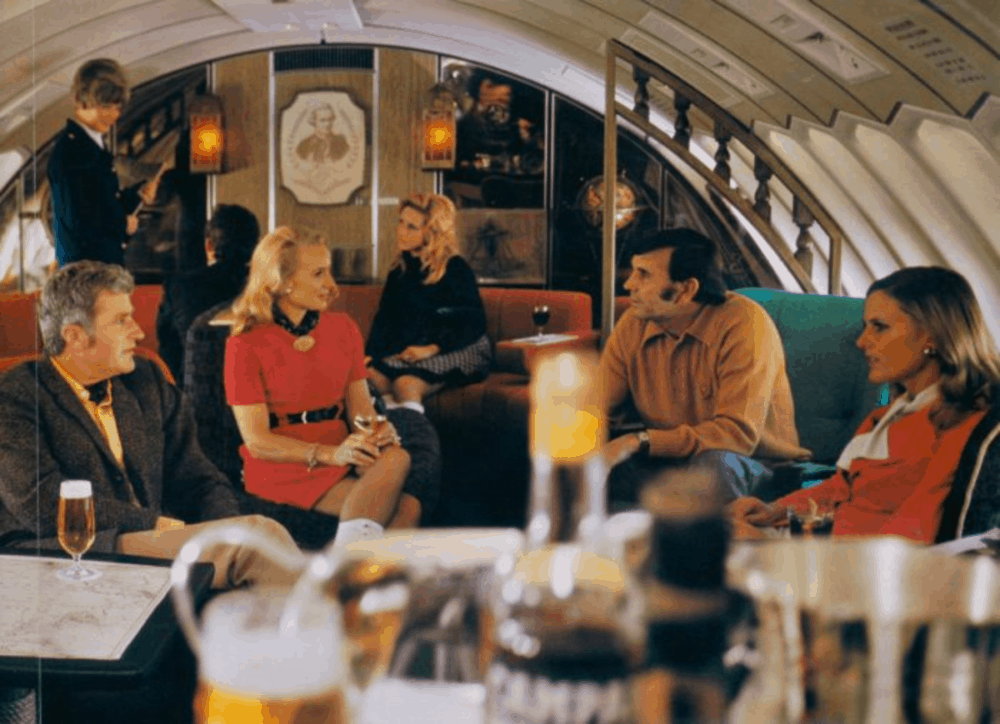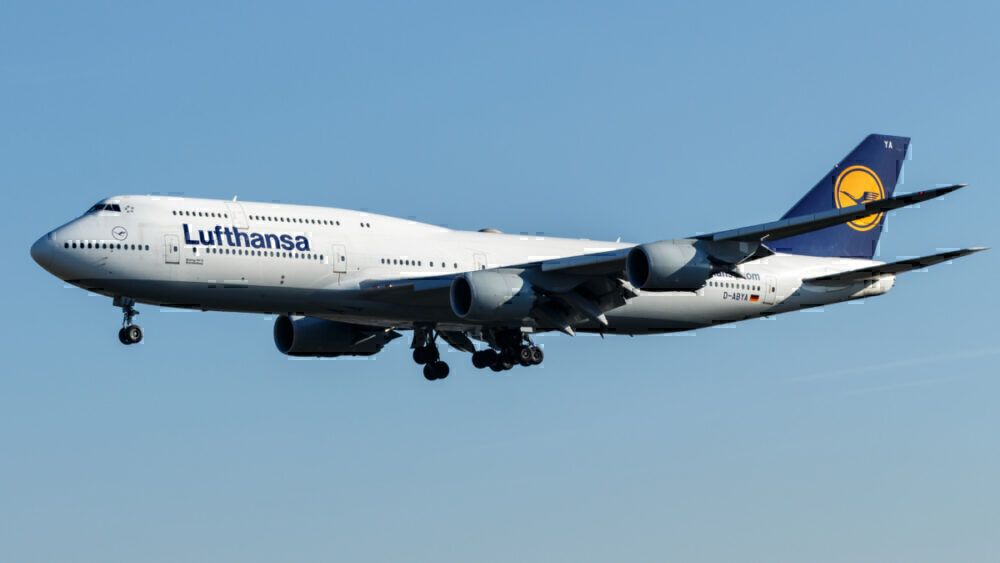In aviation, there is nothing more iconic than a Boeing 747 and its hump. How did this feature change throughout the 747s evolution? Let us have a look.
Why does the Boeing 747 have a hump?
The origins of the famous Boeing 747 hump are from its humble beginnings as a cargo aircraft. That's right, the Boeing 747, while flexible enough platform for both passengers and freight, was primarily made for cargo carriers.
This is because at the time, the Concorde was all the rage, and Boeing (with its own supersonic project) thought that the future was in faster and faster travel. Engineers didn't want to work on the Boeing 747 project as they believed that it would be a simple slower-than-sound freighter.
We can see this in the aircraft design, with the cockpit situated not at the nose of the plane, but on top in a second level allowing the front of the aircraft to open. We know from history that the supersonic project never went into production, but the now-iconic hump remains.
How did it evolve?
In its first inception, the Boeing 747-100 featured a teardrop shape hump housing the cockpit and a lounge.
However, if there is one thing that airlines like its revenue, and leaving such an ample space onboard as a lounge didn't seem like the best use of the space, airlines would then vouch for the space to seat premium passengers instead. Boeing would then replace the humps three windows with ten, even retroactively adding these windows to finished Boeing 747s at the request of airlines.
This requested change was rolled into the Boeing 747-200 series that had ten windows on the upper deck. The 747-200B (passenger version) and the 747-200 combi had a slightly stretched hump to allow up to sixteen passengers to sit comfortably upstairs.
When it came to the Boeing 747-300, the upper deck was stretched again by 23.4 feet (7.11 m) compared to the earlier Boeing 747-200. This included the addition of a set of exit doors, which was the most significant visible difference to earlier aircraft. Boeing retroactively offered the stretched upper deck (SUD) for other models of 747s still in production, hence why you can find photos of a Boeing 727-200 with upper deck exit doors.
The Boeing 747-400 had a bit of a strange hump evolution, as the passenger version featured the same sized hump as the 747-300 series, but the cargo version of the 747-400 had the original 747-100 hump. But to make it even more confusing for readers retired passenger Boeing 747-400s were retrofitted into cargo aircraft and created a stretched humped 747-400 Boeing Converted Freighter (BCF).
The last version of the Boeing 747, then 747-8, was also the first Boeing 747 to be stretched beyond the length of the 747-100. The stretch carried over to the upper deck, which was further lengthened. Boeing also made the staircase more compact and increased the number of seats in the hump.
The Boeing 747 has gone through countless evolution, and it is fascinating to see how the iconic hump has changed alongside the aircraft.
What do you think? Let us know in the comments!





